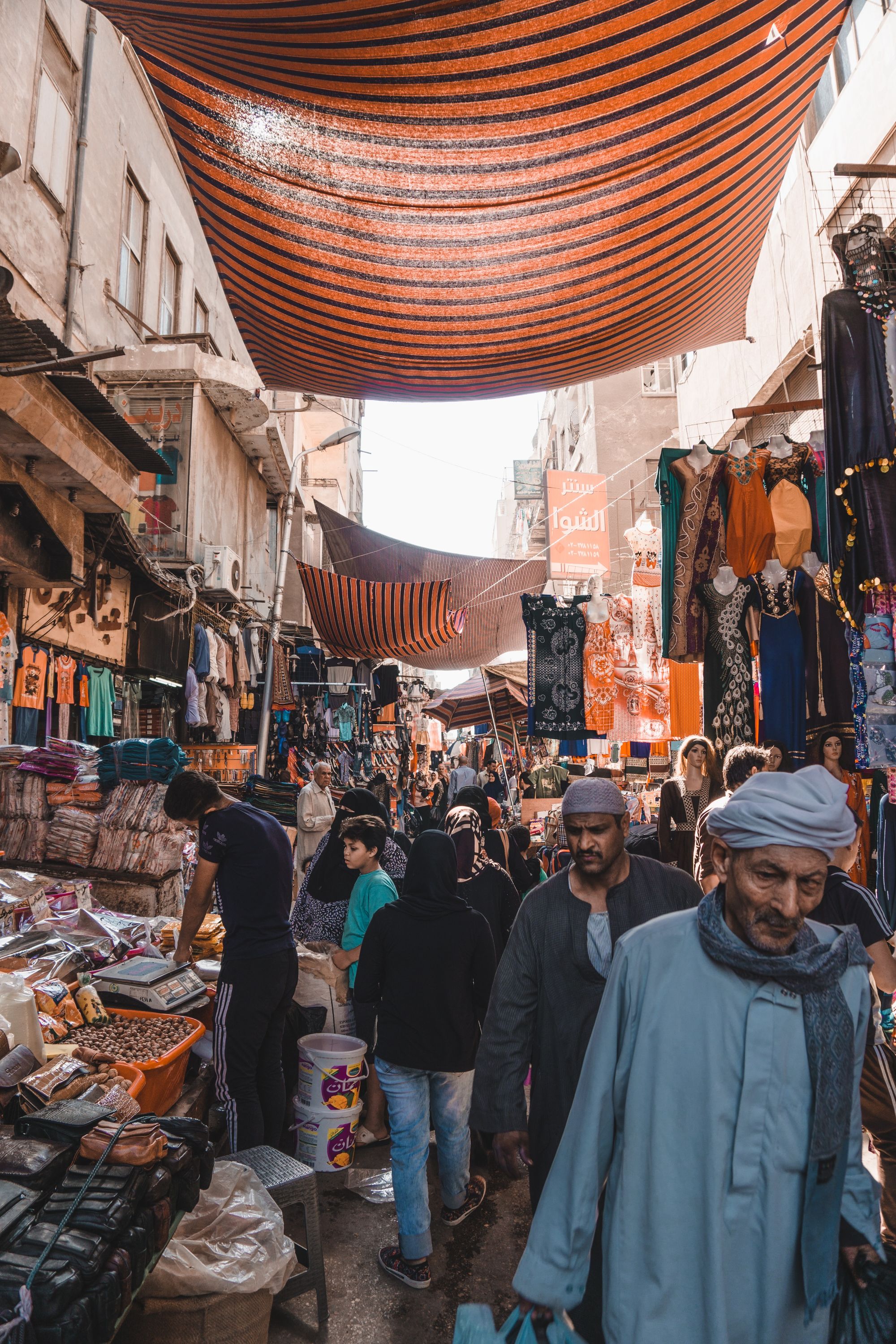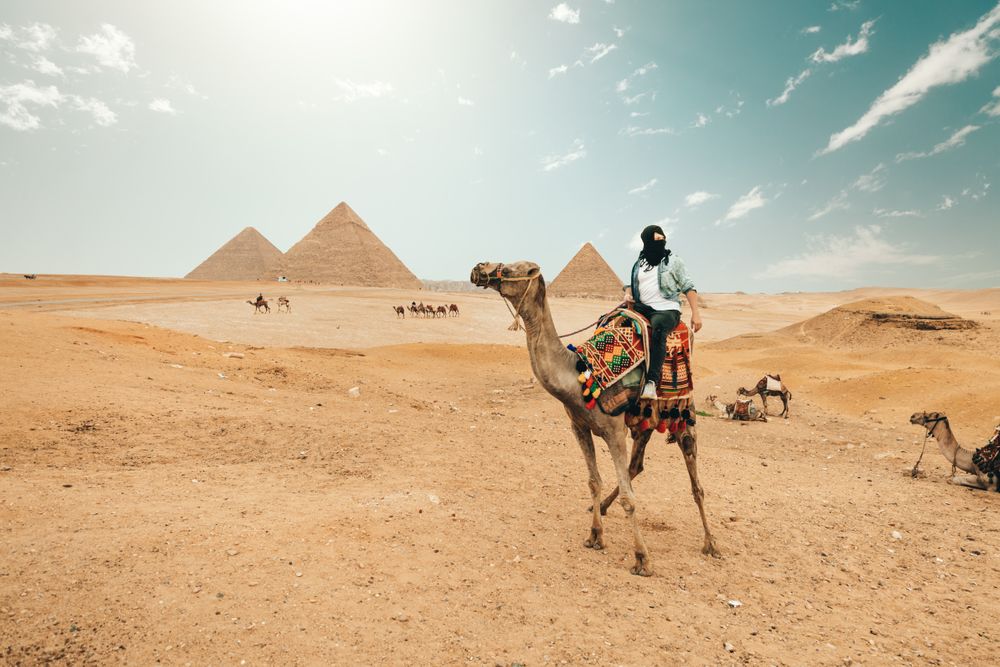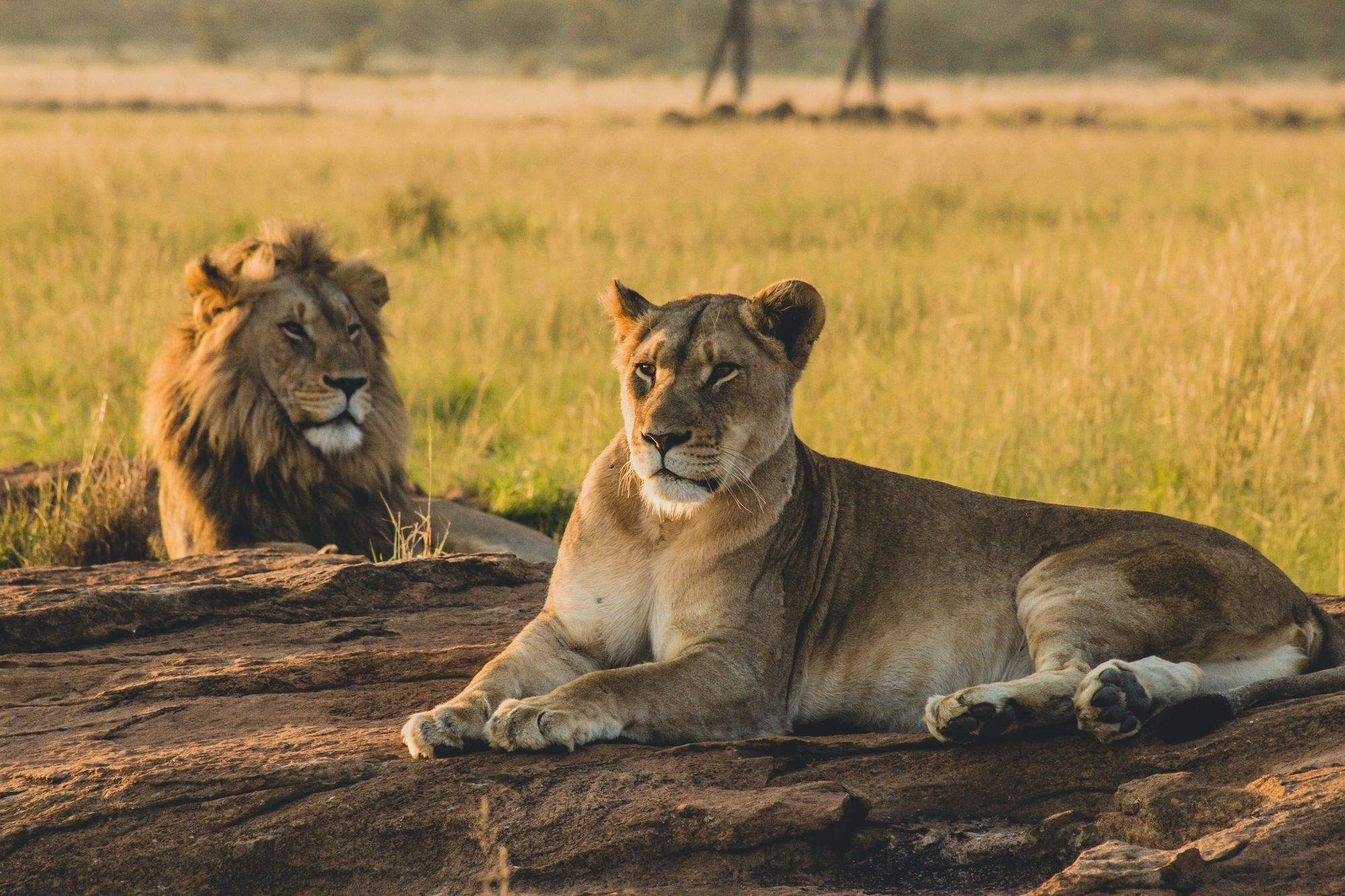10 Best Places to Visit in Egypt
The world of ancient Egypt gave birth to a sparkling spiritual culture - admired by both the ancient Greeks and the Romans with the same amazement and emotion that millions of tourists feel today in front of temples, pyramids or obelisks erected by pharaohs.
To make it easier for you to create your travel itinerary when you plan to visit Egypt, we made you a list of the best 10 places to visit in this beautiful country:
Giza
Being among the grandest structures ever built, the Pyramids are perhaps the most powerful and fascinating symbols of the civilization of ancient Egypt.
The Great Pyramid of Giza is the oldest of the 7 Wonders of Antiquity and also the only one that remains intact to this day. It was built as a tomb for an Egyptian pharaoh over a period of 20 years, being completed in 2.560 BC.
It is estimated that the pyramid consists of approximately 2.3 million limestone blocks that were transported from nearby mines. At first, the pyramid measured 146 meters, being the largest man-made structure for more than 3.800 years.
Most Egyptologists believe that the Sphinx dates from the reign of Pharaoh Menkaure (2532-2503 BC, the 3rd ruler buried on the plateau of Giza, after Khufu and Khafre) and that the facial features of the huge statue would reproduce those of to the pharaoh.
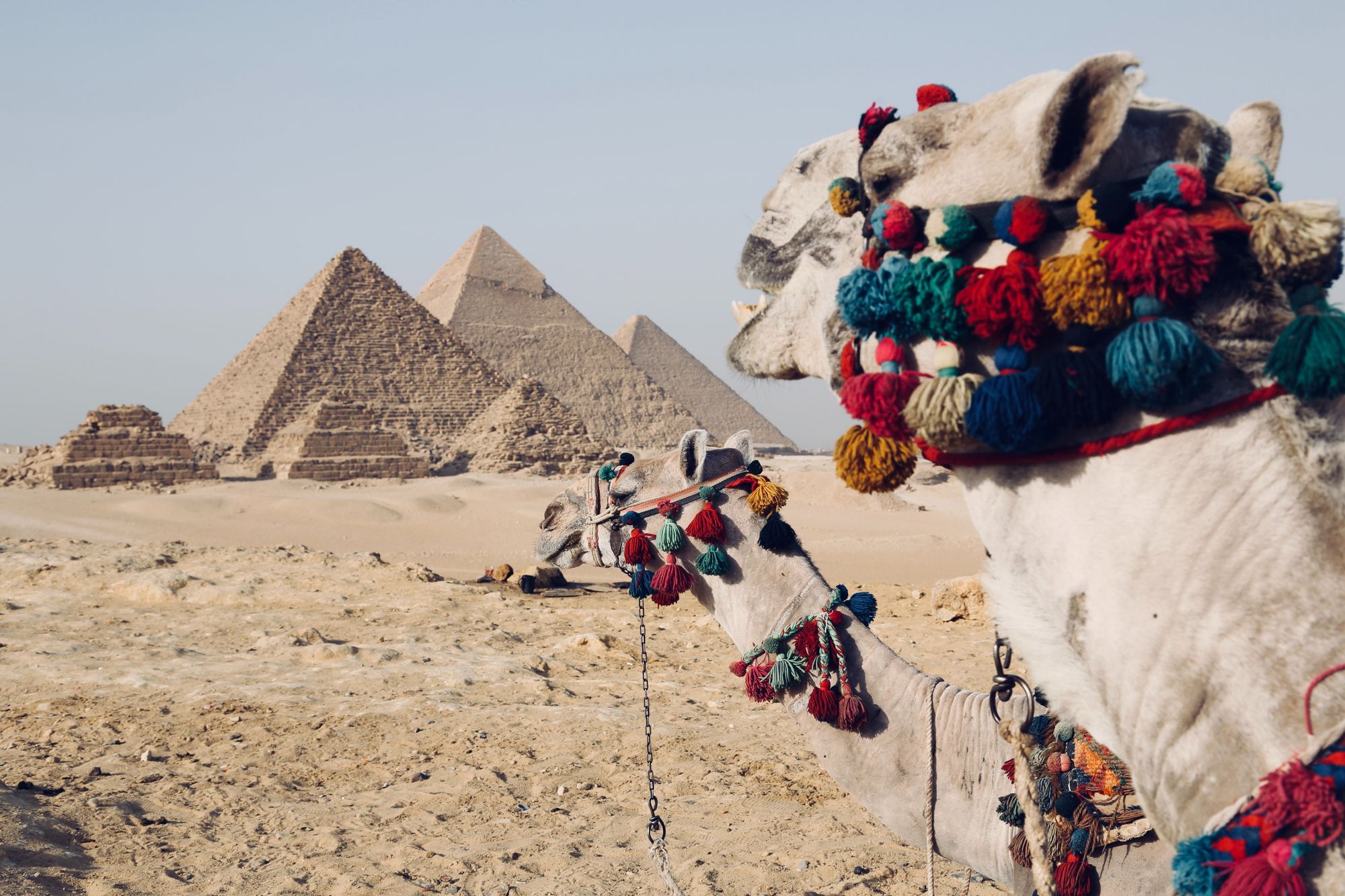
Luxor
Luxor is one of the oldest cities of all time. It is located in southern Egypt and has a third of the world's monuments.
Luxor was the ancient city of Thebes, the great capital of Egypt during our reign, and the glories of the city to the god Amon-Ra. Thebes was also known as "the city of a hundred gates".
The city was divided into two main areas on both banks of the Nile: the West Bank and the East Bank. From the east bank, you will find, among others, Luxor Temple, Karnak Temple, museums, train station, hotels and restaurants.
Most of the ancient sights are located in the western part of the Nile (West Bank Luxor). The most important of these are: the Valley of Kings and Queens, the Temple of Hatshepsut, the Tombs of the Nobles, the Temple of Medinet Habu, the Temple of Ramesseum, the Colossi of Memnon and Malkata.
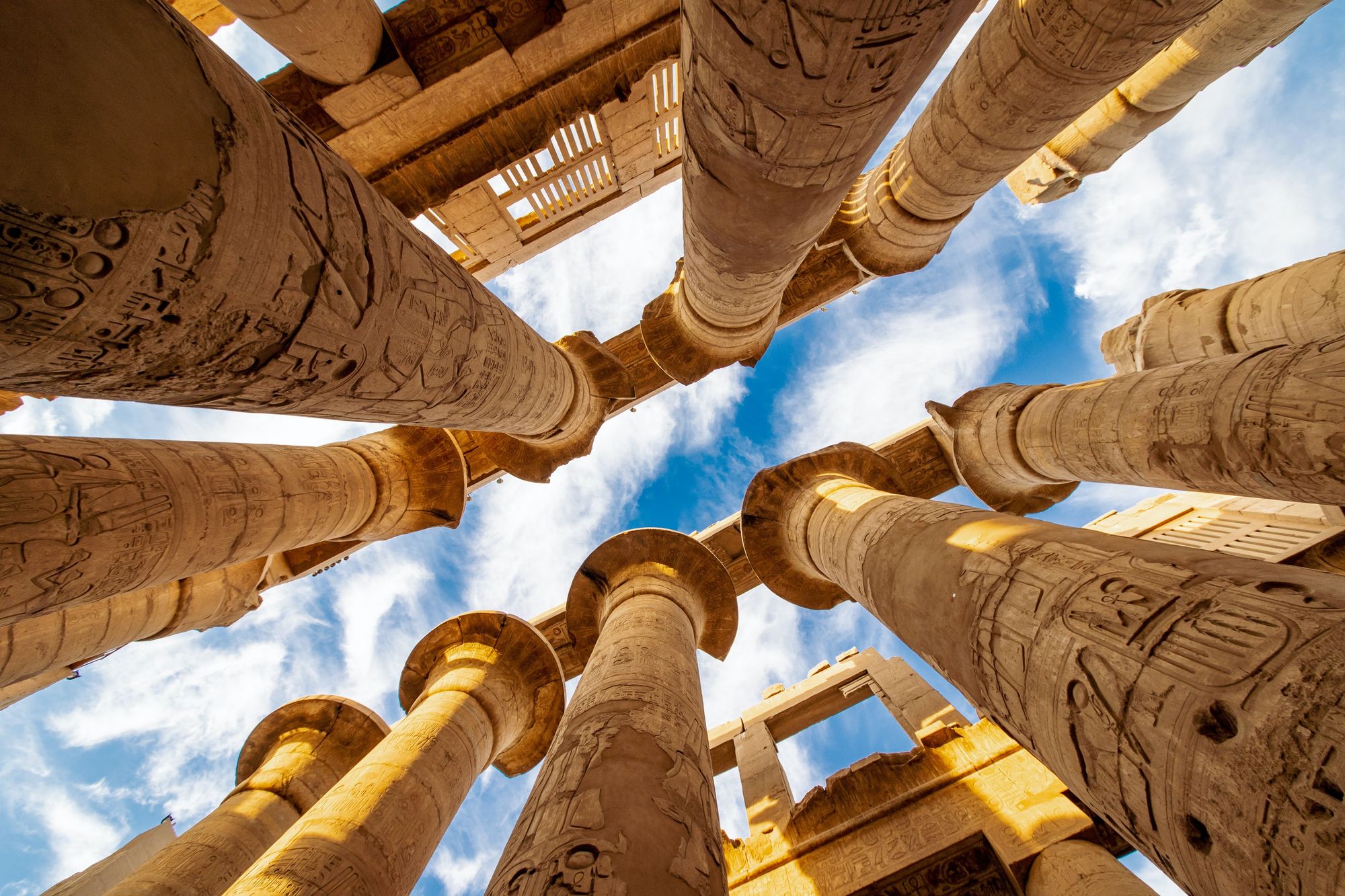
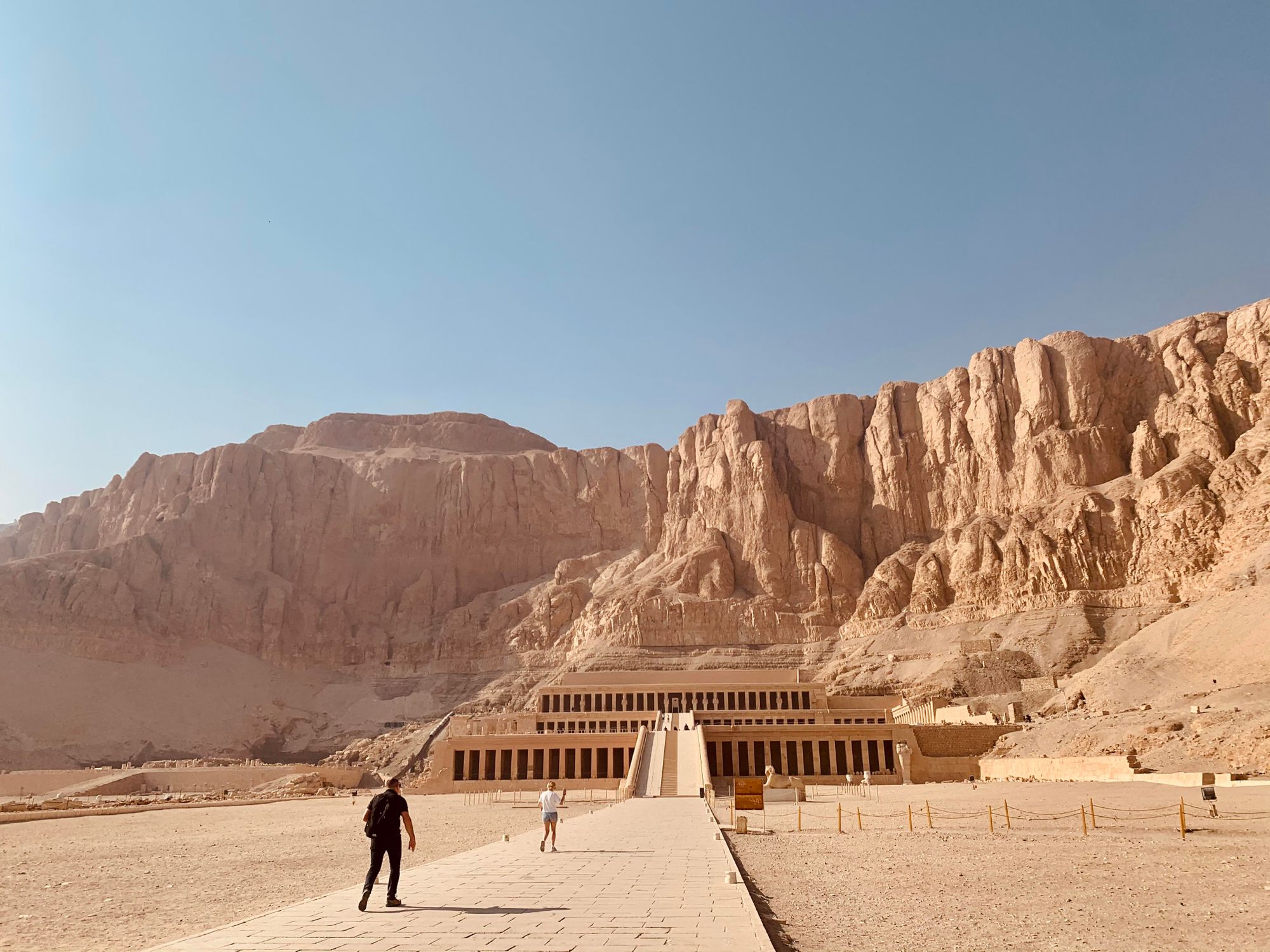
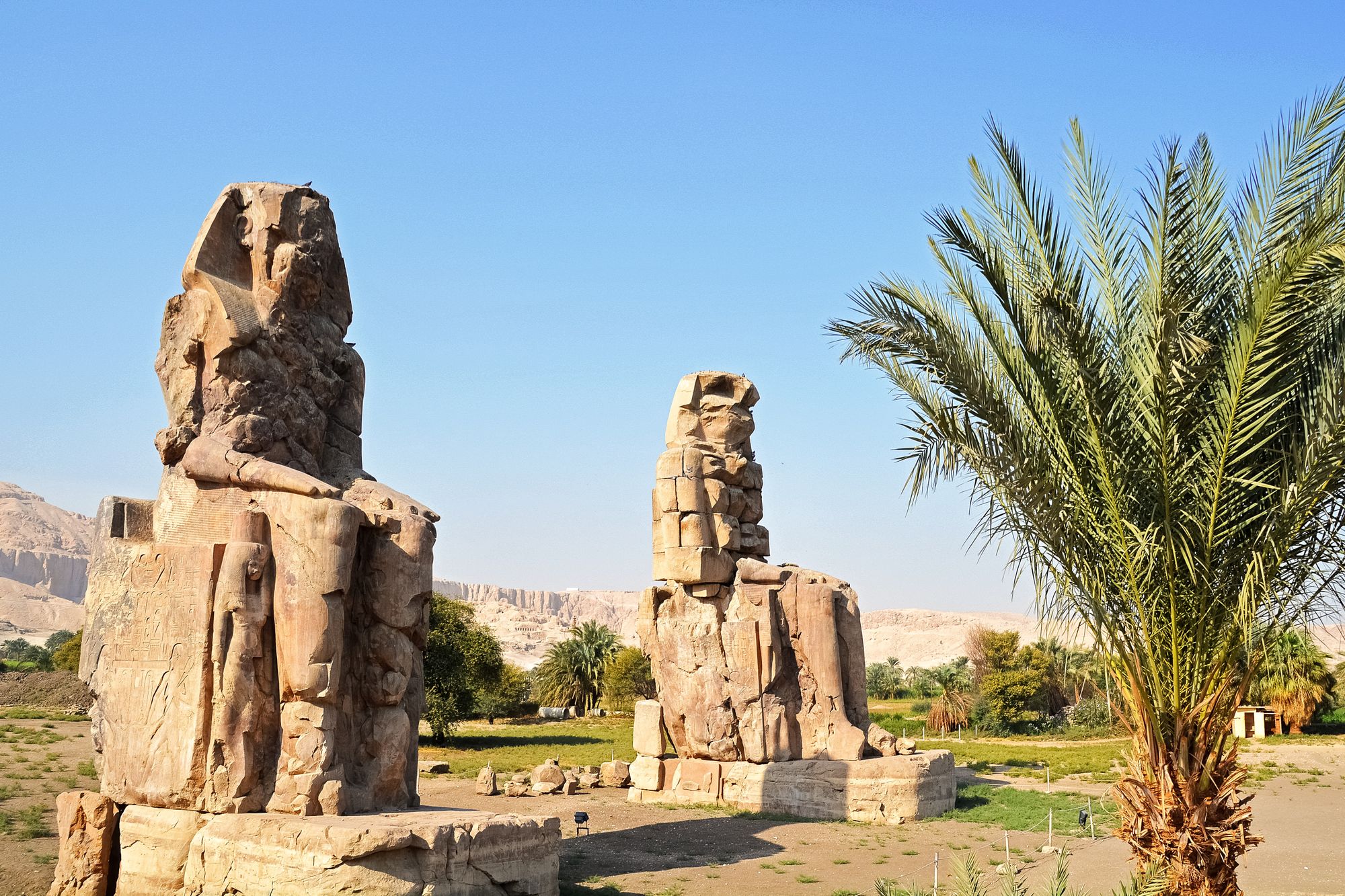
Abu Simbel
The archaeological complex of Abu Simbel has as its main components the two temples built during the reign of Ramses II in the thirteenth century BC, commemorating the famous battle of Kadesh and to intimidate the Nubian rivals of the pharaoh.
The peculiarity of the temples consists in the fact that they are carved directly in stone, being an impressive work through its monumentality and originality. The temples stand out through the two huge statues of Ramses and his wife guarding the facades of the temples.
Like many monuments of Ancient Egypt, in order not to be flooded by the waters of Lake Nasser, the temples were completely relocated in 1960. Abu Simbel is a top tourist destination in Egypt.
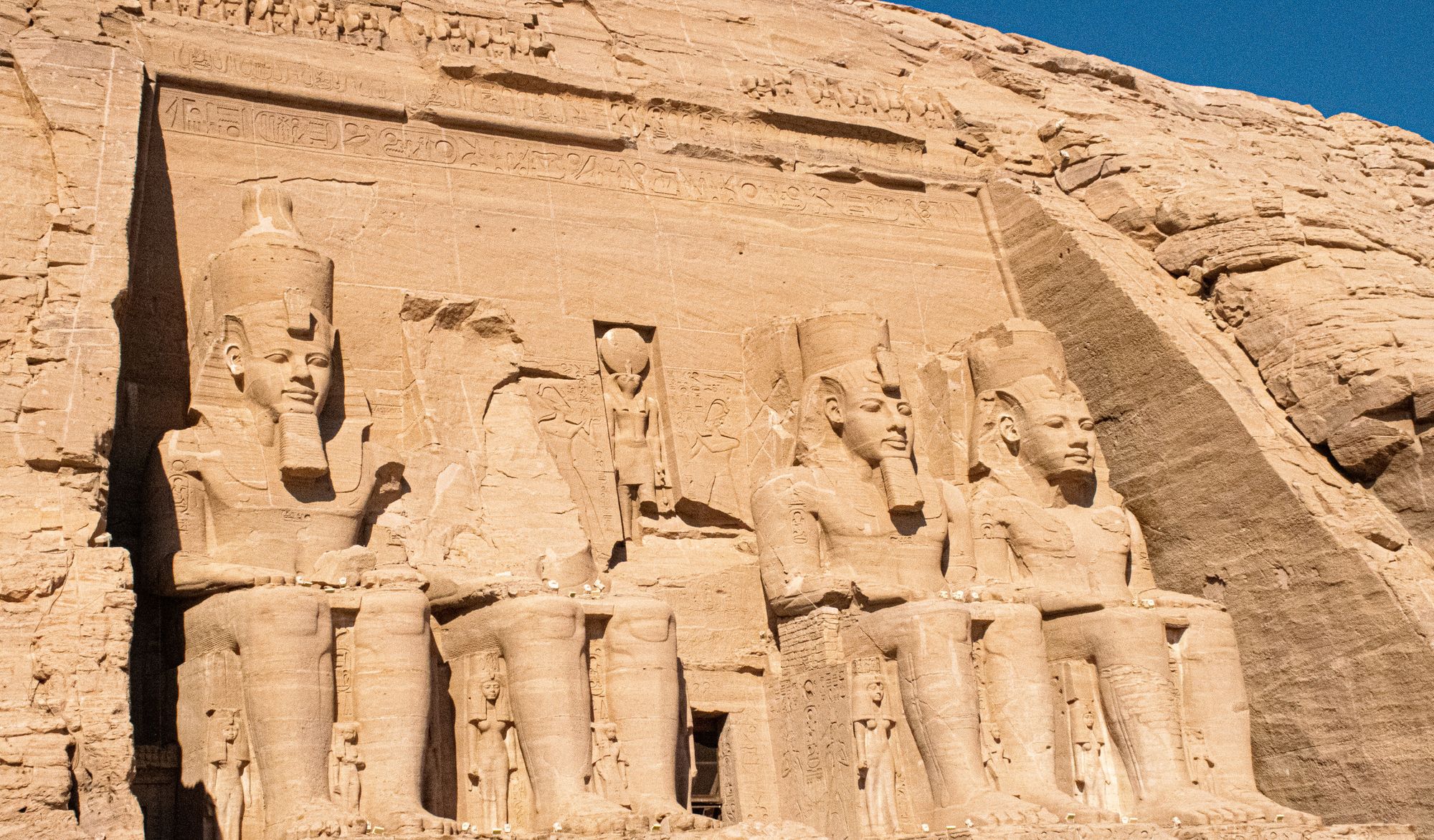
Wadi es-Sebua
The temple at Wadi es-Sebua was built by Setau, Viceroy of the Kush Province of Nubia in honor of Ramses II. The temple was dedicated to the gods Amun and Ra, the main facade having monumental stairs and an alley guarded by sphinxes.
The temple has three inner courtyards and a sanctuary, inside bas-reliefs of great finesse and the construction was erected on circular pillars. In translation, Wadi el-Seboua means the Valley of the Lions, the name referring to the creatures with the body of a lion and the head of a man, frequently found in front of the temples in this area.
After the construction of the Aswan Dam and the appearance of Lake Nasser, the temple was moved to avoid to be flooded, its original location being 2 km to the east.
Hurghada
Formerly a fishing village, Hurghada has become since 1980 due to tourists and spa center established here, a top tourist landmark in Egypt. The beaches of the Red Sea and the multiple hotels and facilities attract many tourists, especially from Europe.
The area near the resort is a desert region where safari excursions are organized with visits to Bedouin settlements. An international airport has been built to facilitate access near the city. North of Hurghada is the Suez Bay Oil Management Center.
Hurghada presents itself as a string of hotels with oriental architecture, lined along the coast of the Red Sea. The El-Guna settlement located on the shore of a lagoon was built exclusively for tourist purposes; there are also such lagoons on a length of about 22 km.
Hurghada is known for its always warm, pleasant weather, for water sports activities, but also for its intense nightlife.
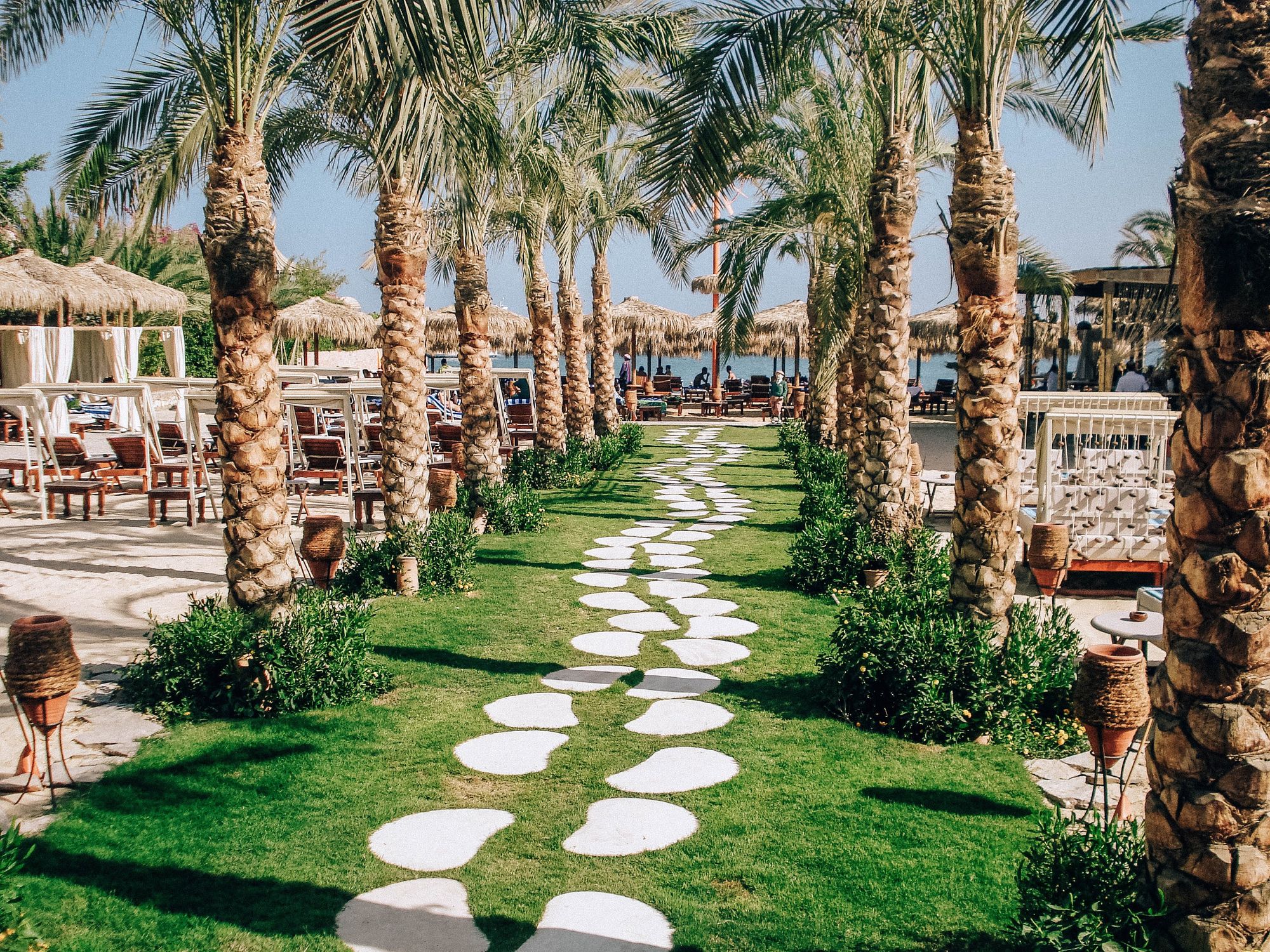
Nile
The second longest river in the world after the Amazon, the Nile reaches a remarkable size of 6.690 km. With an area of 24.000 km2, its delta is home to 85% of Egypt's population.
One of the most controversial geographical issues that led to many legendary expeditions was the location of its spring sources, some of which are found in the states of Burundi and Rwanda.
The presence of the Nile has led to the impressive development of Ancient Egypt and its culture, but it still greatly influences the state's economy today. Although they lived in the desert, the ancient Egyptians were among the first groups of people to practice large-scale agriculture by developing ingenious irrigation basins.
@anaspiti Sunset dream 🧡🧡🧡 #nile #egypt #bananaisland
♬ Mind Over Matter - Young the Giant - jaz
Aswan
The city of Aswan is located in southern Egypt on the east bank of the Nile and is the administrative capital of the province of the same name, a lively shopping center and important tourist center.
The city rises on the site of the old border town of Swenet which marks the southernmost area of ancient Egypt, being built on a peninsula formed by the meanders of the Nile. In modern times the city has expanded and includes the previously separated community on Elephantine Island.
For centuries the Aswan waterfall has been the border between ancient Egypt and the neighbouring country, Nubia. Today a large number of Aswan and neighbouring villages are of Nubian origin and differ from other Egyptians in taller stature and darker skin color.
One of the most peaceful places in Egypt, Aswan impresses not only with the beauty of the Nile, but also with the small islands, the sites from the time of the pharaohs and the lively market.
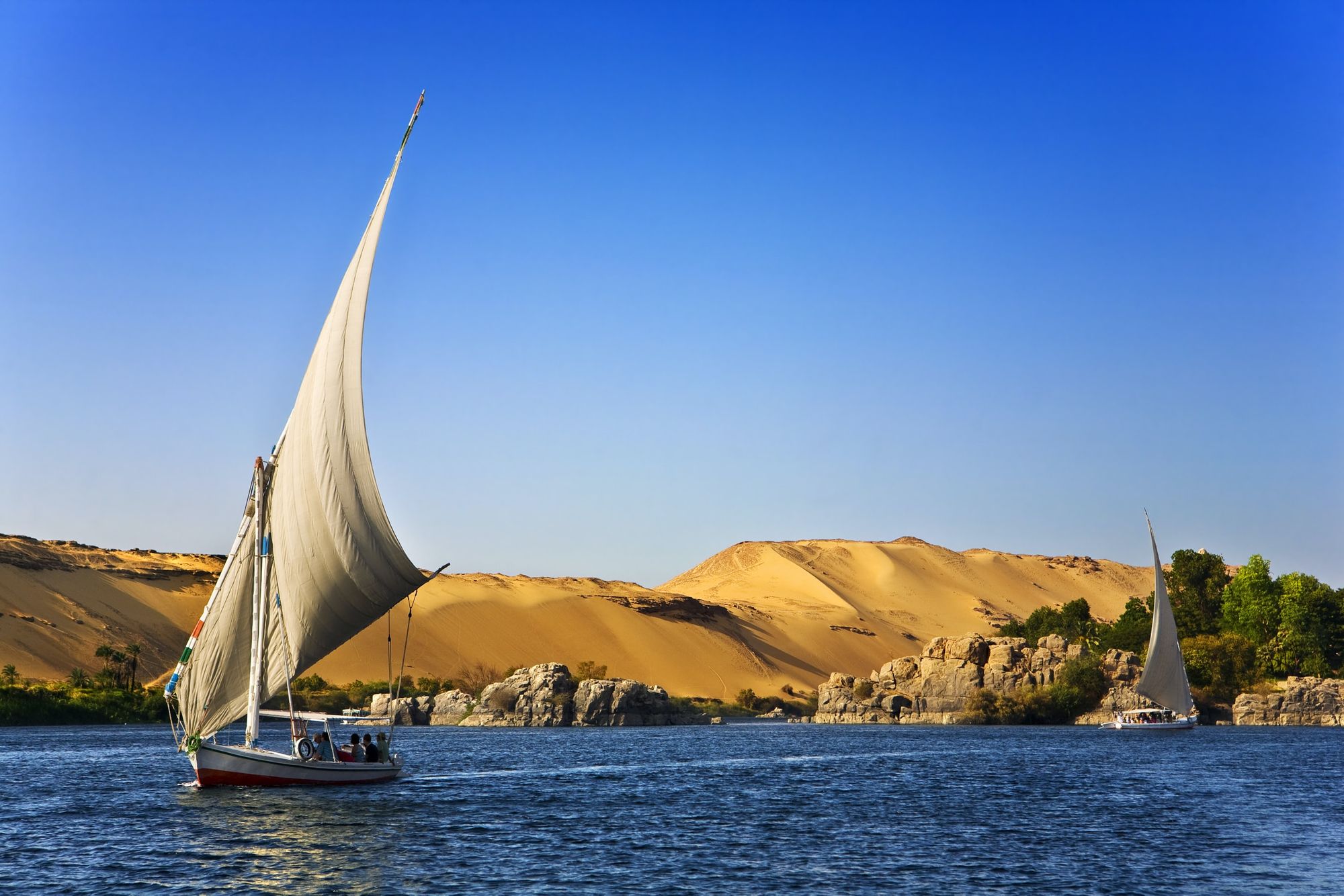
Nasser Lake
The construction of the dam on the Nile gave rise to a reservoir - Lake Nasser, a huge water reservoir that stretches about 83% in Egypt and the rest being in Sudan.
The construction of the dam was carried out between 1958-1970 following the project launched by the President Gamal Abdel Nasser of Egypt, in whose honour the name of the lake was given. The lake covers an area of 5.250 km2, has a storage capacity of 157 km3 of water and has dimensions of 550 km long and 35 km wide.
The accumulation lake and the Aswan dam meant the development of over one million hectares of agricultural land and the obtaining of 10 billion kWh/year.
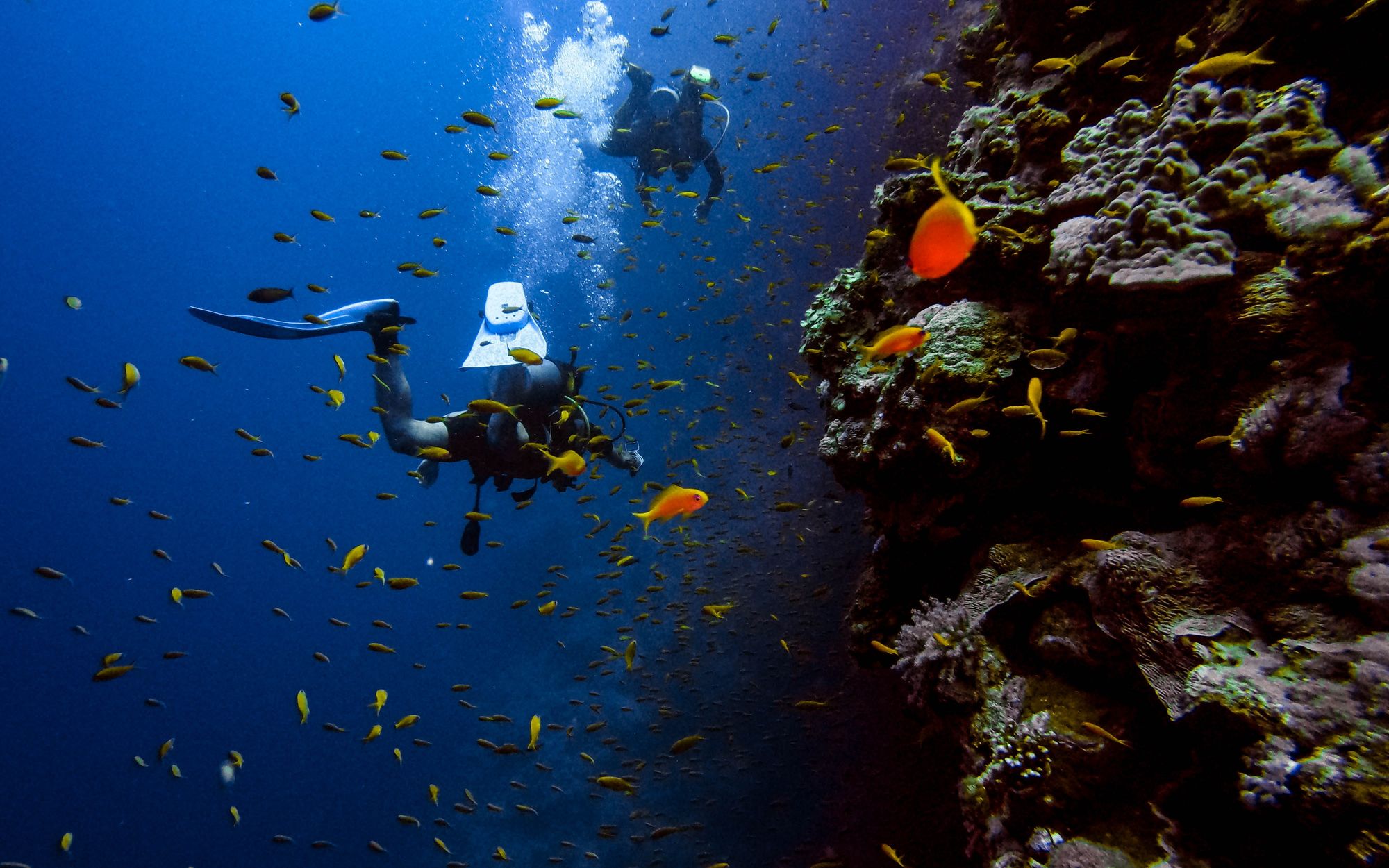
Sharm El Sheikh
Also known as the City of Peace, due to the frequent international peace conferences in the Middle East that have taken place here, Sharm El Sheikh (Gulf of Sheikh) is known as an attractive center of Egyptian tourism.
Sharm El Sheikh is also the administrative center of South Sinai Governorate and includes even the smaller cities of Dahab and Nuweiba. The former fishing village is located on a promontory overlooking the Tiran Strait, which gives it a strategic importance of first rank, being used as a naval base by the Egyptian navy.
The area was under Israeli control for a long time after the Suez Crisis and until 1982, when after the Peace Treaty between the two states it returned under Egyptian administration.
The economic development of the area began during the Israeli occupation. The state of Israel built the city of Ofira, overlooking the Gulf of Sharm El-Maya and the Nesima area, opened the first tourist units in the Naama Bay area that included hotel accommodation units, diving clubs, a promenade and the Naama Bay Hotel. Ras Nasrani, opposite Tiran Island, is now a diving area.
After the Sinai Peninsula was returned to Egypt in 1982, the Egyptian government encouraged the development of the city and the area. Foreign investors - some of whom discovered the town's potential during the Israeli occupation - have contributed to a number of projects. Environmental zoning legislation currently limits the height of Sharm El Sheikh buildings to avoid obscuring views of the area's landscapes.
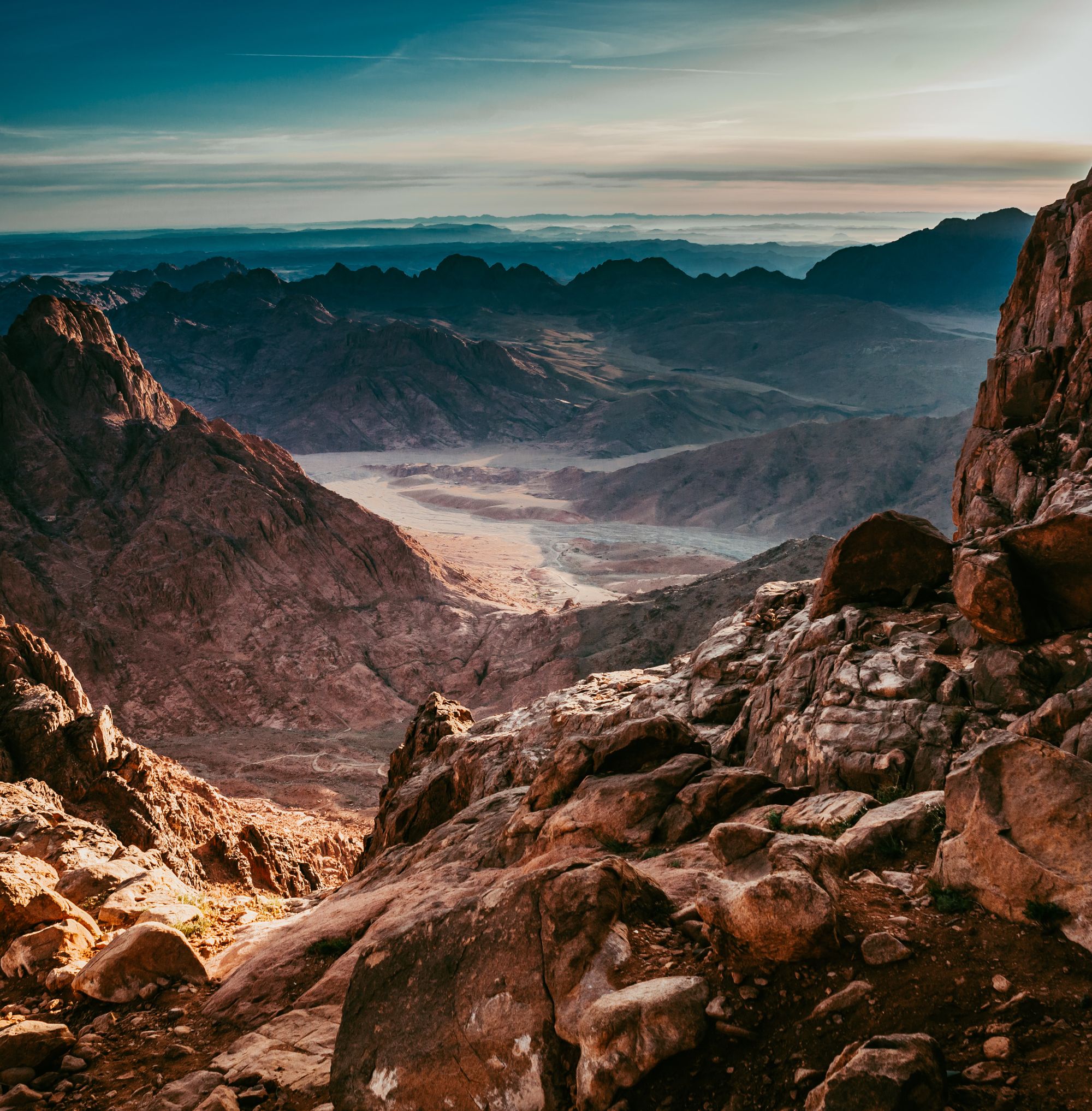
Cairo
The capital of Egypt - Cairo holds the supremacy of the largest city in the Arab world, the largest city in Africa, one of the cities with the highest density of cities in the world and obviously the largest city in Egypt.
Due to the numerous mosques and the Arabic architectural style, Cairo is also called the city of a thousand minarets. The city is located in northern Egypt (the area called Lower Egypt) 165 km south of the Mediterranean Sea and 120 km west of the Gulf of Suez and the Suez Canal.
Its historical dating as a city is placed before the 10th century, the land on which the city was built being the site of an ancient town whose remains are visible today in some parts of the city called Old Cairo.
Since ancient Egypt, the area where Cairo and Memphis are located have been centres of strategic, economic and cultural interest. The city stretches along the Nile River to whose existence it is linked from its beginnings to the lower regions of the Nile Delta.
